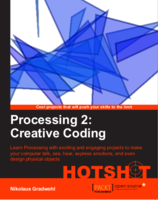Welcome Lil Erebus
I build the Erebus Lil DIY kit by dreadbox this weekend - after 6 hours of soldering estimated 100000 components on very very tiny solder pads on saturday, I spent 8 hours on sunday searching for the one cold solder joint :-/
But everything is working fine now and here is a first short jam with my new synth - enjoy!
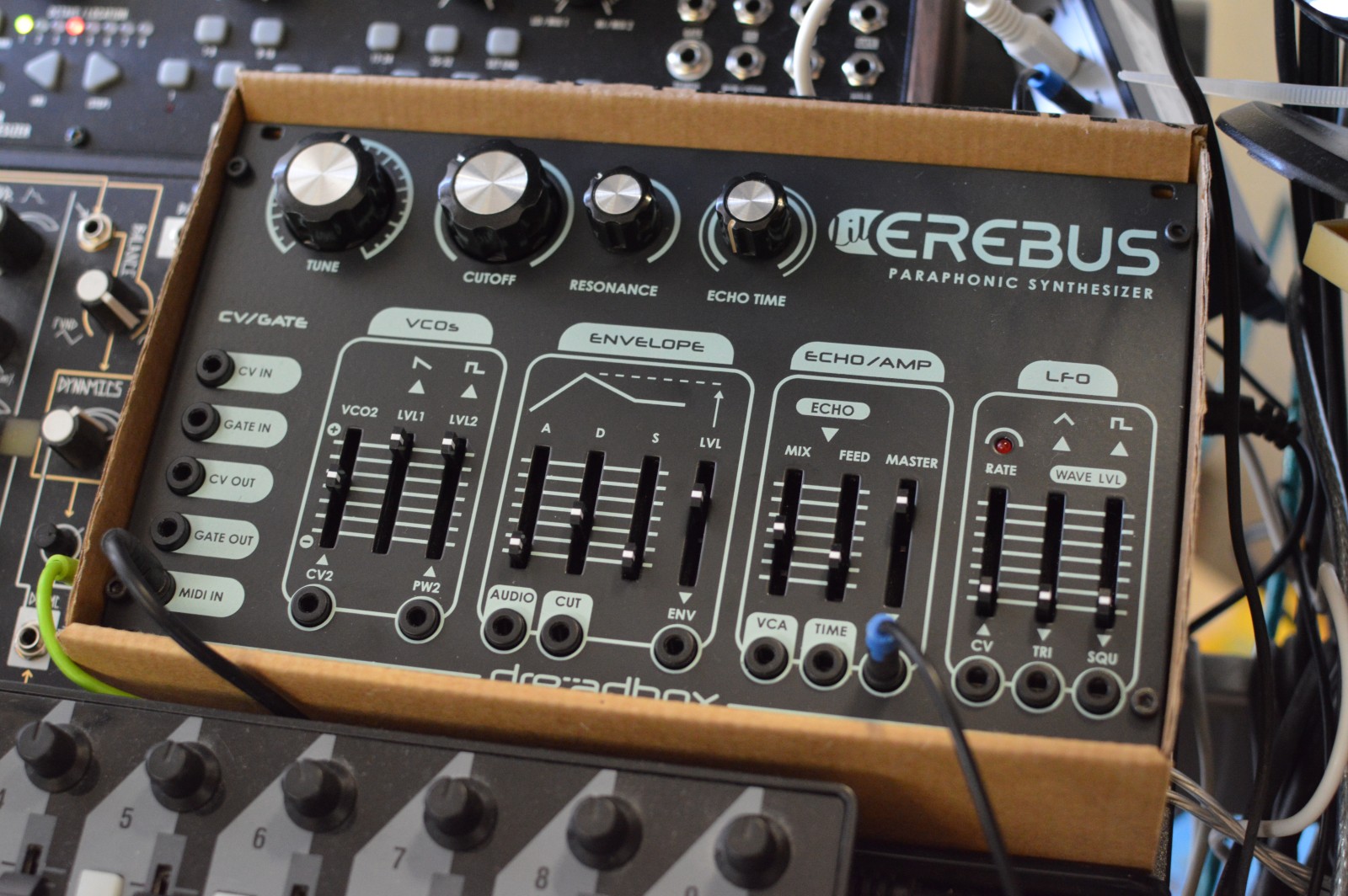
New Song - Turn into a Tune
A song starting as a simple arpeggio slowly evolving into a tune
Recorded and Mixed in Bitwig Studio drums are from a volca beats and sample, pads from streichfett and blofeld. The synth sound are from bitwigs polysynth and a 0-Coast
![[TITLE]](https://www.local-guru.net/img/cover/turn_into_a_tune.png)
processing sound visualizer
I made a visualizer for my track Walk in the rain using processing. I used a stereo autocorrelation function to generate the line drawing using the minim framework and added a glsl shader to create the lens distortion effect.
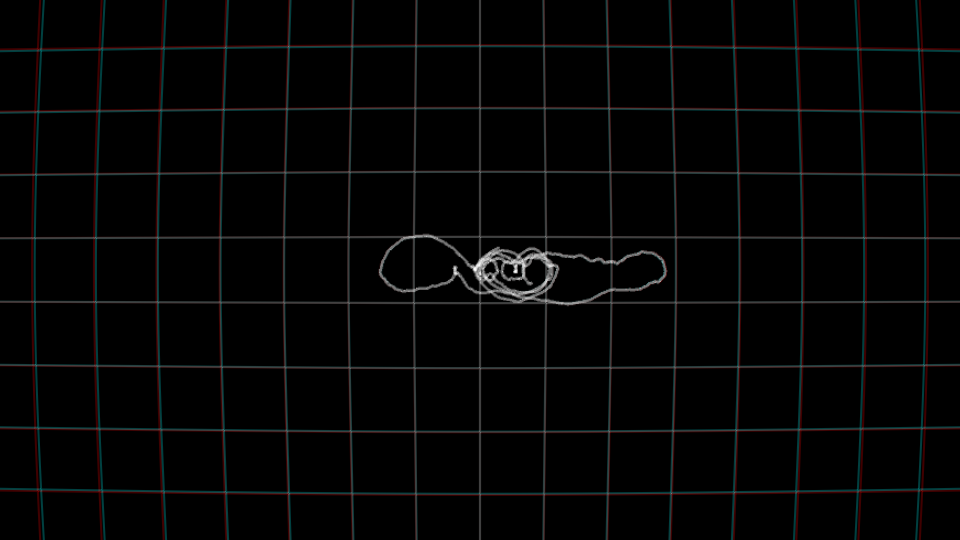
how to connect additional soundcards to your jack setup
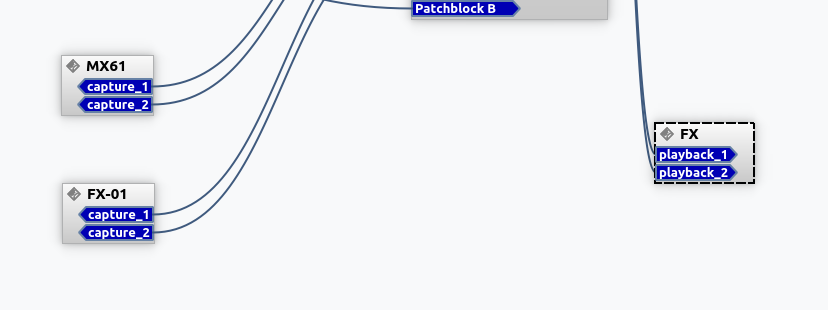
Many hardware synthesizer come with an USB port these days and some of them even connect as a soundcard, allowing you to route the audio from the synth directly to your daw without wasting an input on your soundcard. And sometimes you want to record something using an USB microphone or USB Guitar cable.
To connect such devices to my DAW via jack on linux I created a little startup script that runs every time I start Bitwig Studio to make sure all the external devices are connected. I use alsa_in - a command line tool that allows you to connect an additional alsa sound card. a2jack needs some parameters like the device name, sampling rate or buffer size to use and starts a process. Then it starts a process that listens to the alsa device and forwards the input to jack by connecting as a jack client application with some inputports. These ports can be configured as input routes in your daw like Bitwig or ardor - just like you would do with an input channel on your main sound-card.
To route audio from your daw to the output of an second sound you can use alsa_out
My music startup script connects the audio interface of my Yamaha MX61 and an usb-soundcard, that is connected to my Korg KaosPad Mini, so I can use it as an external effects processor in bitwig-studio
alsa_in -j "MX61" -d hw:CARD=MX49MX61,DEV=0 -r 44100 -p 256 &
alsa_in -j "FX" -d hw:CARD=Device,DEV=0 -r 44100 -p 256 &
alsa_out -j "FX" -d hw:CARD=Device,DEV=0 -r 44100 -p 512
You can get a list of the available alsa device names by running the command
aplay -L
Unfortunately the USB soundcard I use always selects the microphone input when it is plugged in or my computer restarts. To fix this I use the amixer command to change the capture channel to line and mute it - so I don' t generate feedback loops (I spent hours finding out where that distortion came from :-/)
amixer -D "hw:CARD=Device" cset numid=11 on # Line capture on
amixer -D "hw:CARD=Device" cset numid=5 off # Line mute
you can get a list of supported controls and their id by a running
amixer -D "hw:CARD=Device" controls
just replace "hw:CARD=Device" with the device identifier of your sound interface.
read more ...new Track: Glipse of worlds that might be
a mix of analog and digital synths, plugins, samples, passion, fragments of half remembered dreams and an arpeggiator.
and yes - I'm in a slightly wired mood today
and also yes - this is the blender default cube - with beveled edges, floating slightly above a plane with a diffuse shader and a sun light with a size of 0.8 rendered in cycles
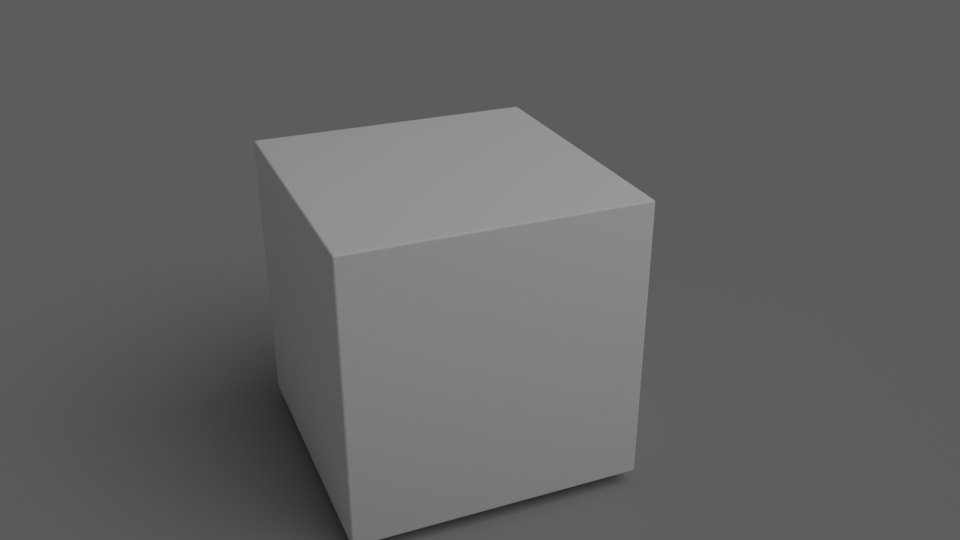
new Song: Walk in the Rain
A first electronic, ambient track recorded with my new Waldorf Blofeld with a little help from the Moog Mother32 and the Novation MiniNova.
Oh! And did I mention? I got a new Synthesizer... :-)
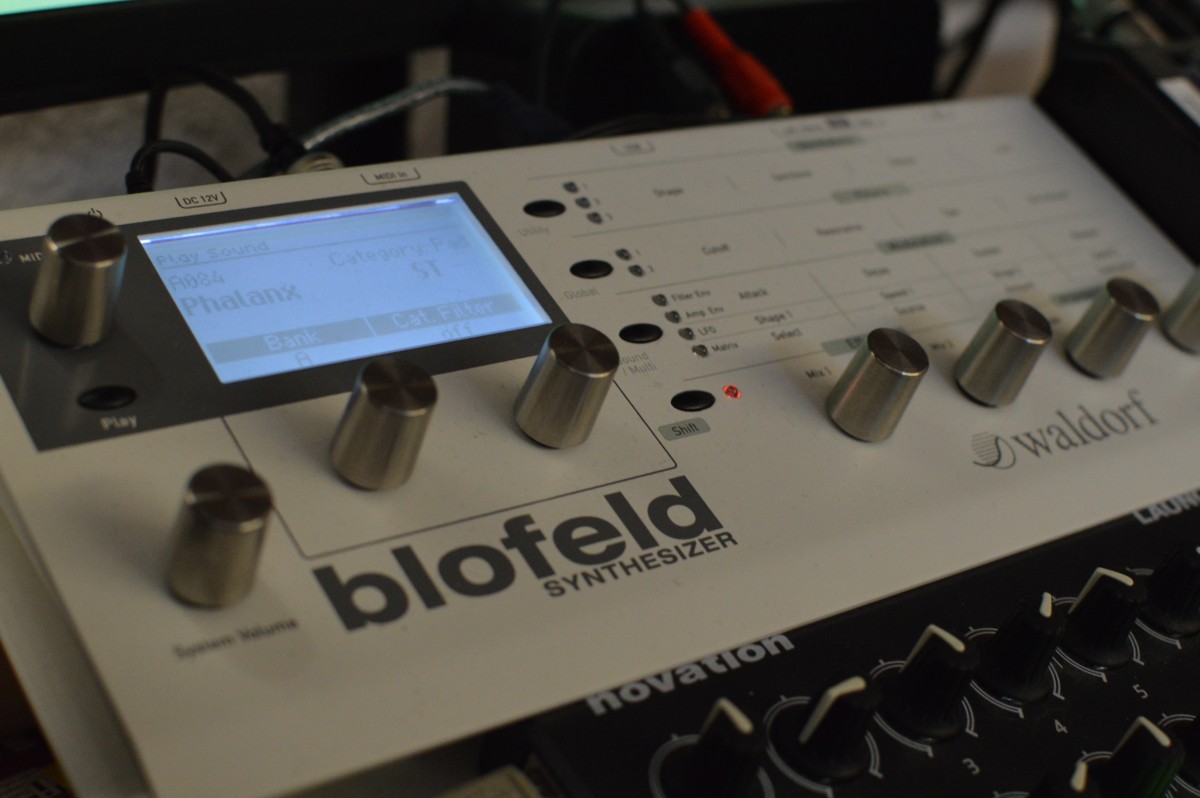
Processing and Blender Sound Visualizer for Magical Dreams
I finally managed to finish a project where I could combine most of the tools I love and use. I created a processing sketch to visualize the stereo correlation of my song "Magical Dreams", exported the frames and used blender to create an animated highfield based on the brightness of the images. Then I rendered these frames and combined them to a video with the original track exported from bitwig.
Hmmm ... maybe a bit more complicated than needed, but that's one of advantage of a hobby project - you don't have to justify yourself for inefficient processes and toy around as long as you want to :-)
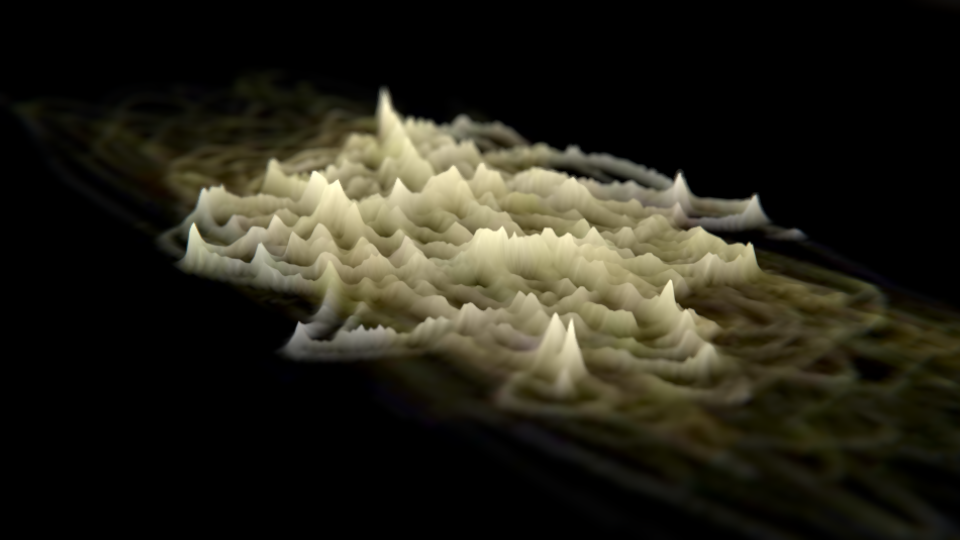
new Song: Still Awake
I finally found the time to sit down and arrange and mix one of the song fragments that are waiting on my harddisk. I'm currenly very tired after a week full of nightshifts, overtime and bughunting but I'm still awake ... (ok not the best song title ever, but my thoughts are still a bit fuzzy - did I mention sleep deprivation?)
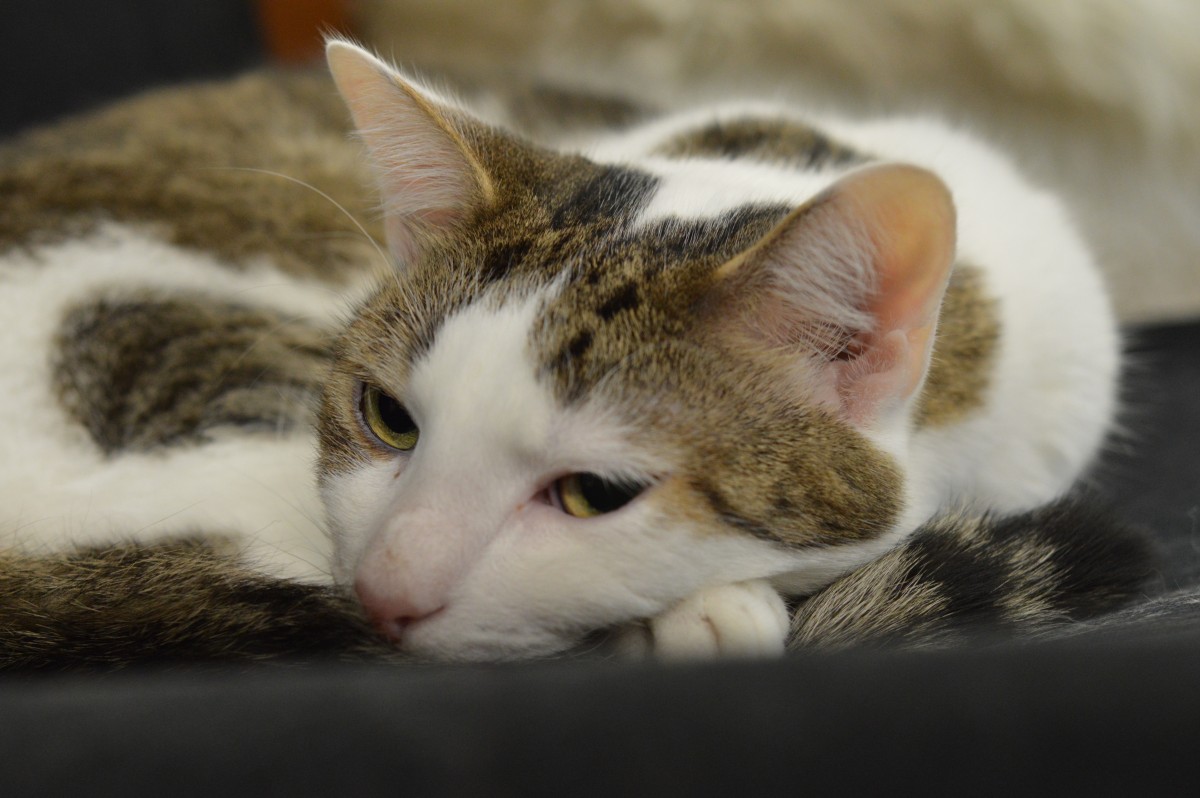
How to modulate Midi-CC values in Bitwig Studio
to make a synth line played on a hardware synth more interesting you can modulate some parameters like filter cutoff, decay time, etc using a midi cc value. This can be done using bitwig studio by either using a automation lane sending the cc value or by using the cc device.
To use an automation lane simply click on the "Show automation lane" icon and select the controller value you want to send in the "midi" section
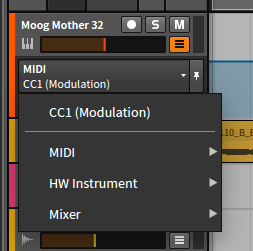
then draw the cc values in the lane you just created. I used this technique in my latest song to create the filter cutoff of the highpass filter on my moog mother32 for example
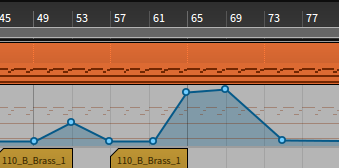
The second version uses the "Midi CC" device. With this device you can use bitwig's brilliant modulation sources to create the cc you want do send. You could combine several modulation sources like lfos step sequencers etc to influence your sounds.
read more ...




